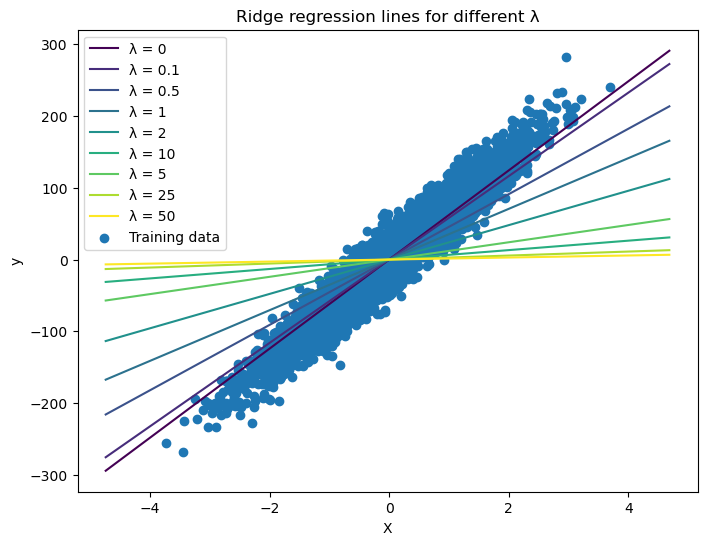MinHashing
Published:
TL;DR: MinHashing is a way to reduce the dimensionality of fingerprints. Instead of comparing 512-bit vectors directly -these are the vectors that we obtain after the fingerprint is applied to a SMILES format molecule-, MinHash reduces these vectors to smaller hashes that preserve similarity between molecules.
MinHashing with Fingerprints
The goal is to efficiently estimate the Jaccard similarity between sets (or fingerprints). To do this, MinHash applies permutations to the elements of the binary vectors (representing sets) and selects the minimum hashed value for each permutation.
Basic Steps in MinHashing with Fingerprints:
- Represent the data as binary vectors (i.e., fingerprints).
- Apply permutations to the indices of these vectors.
- For each permutation, find the minimum index where the fingerprint vector has a
1. - Repeat this process for multiple permutations to get a MinHash signature for each vector.
Example Step by Step
Step 1: Start with a Matrix of Fingerprints (Binary Vectors)
Let’s assume you have a simple dataset of 3 fingerprints (molecules) represented as binary vectors, where 1 indicates the presence of a feature and 0 indicates its absence.
Here is the fingerprint matrix (each row is a molecule, and each column is a feature):
| Molecule A | 0 | 1 | 0 | 1 | 0 |
|---|---|---|---|---|---|
| Molecule B | 1 | 0 | 1 | 1 | 0 |
| Molecule C | 1 | 1 | 0 | 0 | 1 |
- Molecule A: Features 2 and 4 are present.
- Molecule B: Features 1, 3, and 4 are present.
- Molecule C: Features 1, 2, and 5 are present.
Step 2: Apply a Permutation to the Indices
A permutation is just a rearrangement of the row indices. For example, if we permute the rows as follows:
- Permutation 1: [3, 5, 2, 1, 4]
This means that in this permutation, feature 3 is considered first, then feature 5, and so on.
Step 3: Find the Minimum Index for Each Fingerprint (Vector)
Now, for each fingerprint, we go through the permutation and pick the minimum index where the vector has a 1.
Let’s go through the permutation [3, 5, 2, 1, 4] for each fingerprint.
- Molecule A (vector:
[0, 1, 0, 1, 0]):- Start with feature 3: value is
0. - Next is feature 5: value is
0. - Next is feature 2: value is
1→ Minimum index =2(Feature 2).
- Start with feature 3: value is
- Molecule B (vector:
[1, 0, 1, 1, 0]):- Start with feature 3: value is
1→ Minimum index =3(Feature 3).
- Start with feature 3: value is
- Molecule C (vector:
[1, 1, 0, 0, 1]):- Start with feature 3: value is
0. - Next is feature 5: value is
1→ Minimum index =5(Feature 5).
- Start with feature 3: value is
So after applying the first permutation [3, 5, 2, 1, 4], we get the following MinHash values:
- Molecule A → MinHash = 2
- Molecule B → MinHash = 3
- Molecule C → MinHash = 5
Step 4: Repeat for Multiple Permutations
To improve the estimate of Jaccard similarity, you repeat the process using multiple random permutations. Each permutation provides one “hash value” for each fingerprint.
Let’s apply a second permutation: [4, 1, 5, 2, 3].
Molecule A (vector:
[0, 1, 0, 1, 0]):- Start with feature 4: value is
1→ Minimum index =4(Feature 4).
- Start with feature 4: value is
Molecule B (vector:
[1, 0, 1, 1, 0]):- Start with feature 4: value is
1→ Minimum index =4(Feature 4).
- Start with feature 4: value is
Molecule C (vector:
[1, 1, 0, 0, 1]):- Start with feature 4: value is
0. - Next is feature 1: value is
1→ Minimum index =1(Feature 1).
- Start with feature 4: value is
Now after the second permutation, we get the following MinHash values:
- Molecule A → MinHash = 4
- Molecule B → MinHash = 4
- Molecule C → MinHash = 1
Step 5: Build the MinHash Signature
After applying multiple permutations (let’s say we applied 3 permutations in total), each fingerprint will have a MinHash signature, which is a vector of the minimum hash values from each permutation.
For example, after 3 permutations, the MinHash signatures might look like this:
- Molecule A:
[2, 4, 3] - Molecule B:
[3, 4, 2] - Molecule C:
[5, 1, 1]
Each element in these vectors represents the minimum index found in one of the permutations.
Step 6: Calculate Jaccard Similarity Using MinHash
Once you have the MinHash signatures for each molecule, you can approximate the Jaccard similarity between any two molecules by comparing their signatures.
For example:
Molecule A vs. Molecule B:
- Compare
[2, 4, 3]with[3, 4, 2]. - They match in 1 out of 3 positions (
4). - Jaccard similarity estimate =
1/3 = 0.33.
- Compare
Molecule A vs. Molecule C:
- Compare
[2, 4, 3]with[5, 1, 1]. - No matches.
- Jaccard similarity estimate =
0/3 = 0.0.
- Compare
The more permutations you apply, the better the approximation of the true Jaccard similarity.



Comments